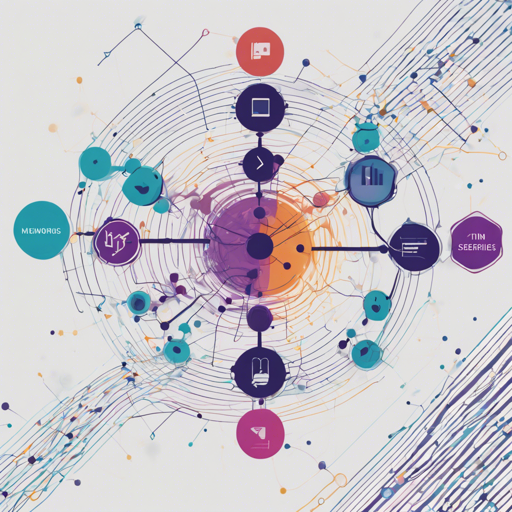Deep learning is revolutionizing the field of time series classification (TSC), making it more efficient and accurate. In this guide, we will walk you through the process of setting up and running deep learning models for TSC, using the content from our paper titled “Deep Learning for Time Series Classification: A Review”. Whether you’re a beginner or an experienced practitioner, this guide aims to be user-friendly and informative.
Getting Started with Docker
To begin, you will need to have Docker installed on your machine. Docker makes it easy to manage software deployments. Think of Docker as a delivery box that holds all your dependencies and code, allowing you to run them anywhere without worrying about system configurations.
Step-by-Step Instructions
- Pull the Docker Image: Use the following command to pull the Docker image from the repository:
docker pull hassanfawaz/dl-4-tsc:0.3docker run --name somename --gpus all -idt hassanfawaz/dl-4-tsc:0.3docker exec -it somename bashcd dl-4-tsc/archives
wget https://www.cs.ucr.edu/~eamonn/time_series_data_2018/UCRArchive_2018.zip
unzip -P $password UCRArchive_2018.zipcd dl-4-tsc
python -m main UCRArchive_2018 Coffee fcn_itr_0Understanding the Code Structure
In a way, think of the entire code structure as the blueprint of a house built to serve different purposes. Each part of this house—our code—is specialized for a specific function:
- main.py: This is the foundation where all experiments are run.
- utils/: Similar to the plumbing and electrical systems, these utilities help access and visualize data.
- classifiers/: Each of these files represents a different room in the house—dedicated to different deep neural networks.
Data Sources
The data for this project is sourced from two main archives:
- The UCR/UEA archive, consisting of 85 univariate time series datasets.
- The MTS archive, containing 13 multivariate time series datasets.
Prerequisites
Before you begin, make sure to have the necessary Python packages installed, as mentioned in the pip-requirements.txt file. Remember, the code currently operates using TensorFlow 2.0.
Results and Performance
Our experiments led to significant findings, revealing that a deep residual network architecture performs best for time series classification. The detailed results are available in our published paper and repository.
Troubleshooting
If you encounter issues, here are some troubleshooting ideas:
- Ensure Docker is correctly installed and running.
- Double-check the directory paths for correct referencing.
- If the Docker container isn’t accessible, try restarting Docker or your machine.
- Verify that all packages are installed as specified in the requirements file.
If problems persist, feel free to reach out for support. For more insights, updates, or to collaborate on AI development projects, stay connected with fxis.ai.
Conclusion
At fxis.ai, we believe that such advancements are crucial for the future of AI, as they enable more comprehensive and effective solutions. Our team is continually exploring new methodologies to push the envelope in artificial intelligence, ensuring that our clients benefit from the latest technological innovations.

